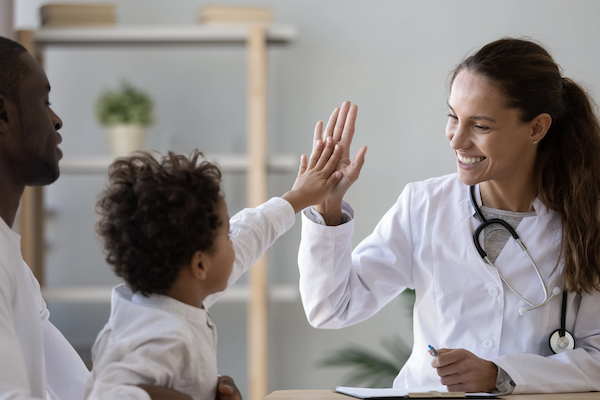By Heidi Tingey, Arapahoe Libraries
I found that the CLEL session by Amy Reyes’s Health Literacy for Littles an insightful presentation that has stuck with me the last few months. Reyes notes that, according to the CDC, Health Literacy is the ability to:

- Find health information and services
- Communicate needs and preferences and to then respond to these
- Understand the choices, consequences, and context of the information and services
- Process the meaning and usefulness of the information and services
- Decide which information and services matches their needs and preferences so they can act
A significant fact I learned from this session is that medical language and written information used by healthcare providers are often conveyed at college level though the typical adult has an 8th grade reading level. In many communities literacy is even lower than that. Many folks don’t understand medicine instructions, appointment times, or their rights and responsibilities. Going to the doctors can be intimidating and scary as it is and often people don’t speak up for clarification when it is needed. Not being able to understand the medical information given to you can be detrimental to your health and well-being. Additionally, children who have low health literacy usually have families and caregivers that do too.
There are many ways librarians can help with this information gap and provide resources starting with littles and their grownups! Here were some key takeaways from Amy Reyes’s presentation:
- Introduce health vocabulary. By using synonyms interchangeably for body parts in storytimes and programs such as tummy and stomach, describing motion and action, articulating feelings, and identifying physical symptom terms such as stinging, rumbling, etc. These all help children develop language and literacy.
- There are many great songs, books, creative and fun ideas out there to incorporate into your children programs.
- Have a variety of information readily accessible for grownups on a regular basis.
- Just like we drop tidbits of beneficial early literacy information in storytimes and programs we can do the same with health.
- Partnerships with health professionals can be powerful!
Attending the CLEL conference coincided with finishing up my MLS that included creating a final project on Food Literacy. Much of the information learned about Health Literacy I found can also be applied to Food Literacy, as they relate to each other. Food literacy can be discussed within health but also as a stand-alone literacy that incorporates cultural traditions, community engagement, skill building, food consumption, nutrition knowledge and much more. Learning about these different literacies has been eye opening of the broad array of information librarians can provide to their communities. With creativity, collaboration and providing access, our work beyond books can equal a big impact even with our littlest patrons during their foundational years.
Please note that this post is part of our Conference Reflections for the 2020 CLELCON conference scholarship recipients. As a guest post, the views expressed here do not represent the official position or opinion of the Colorado Libraries for Early Literacy organization or the individual committee members.
